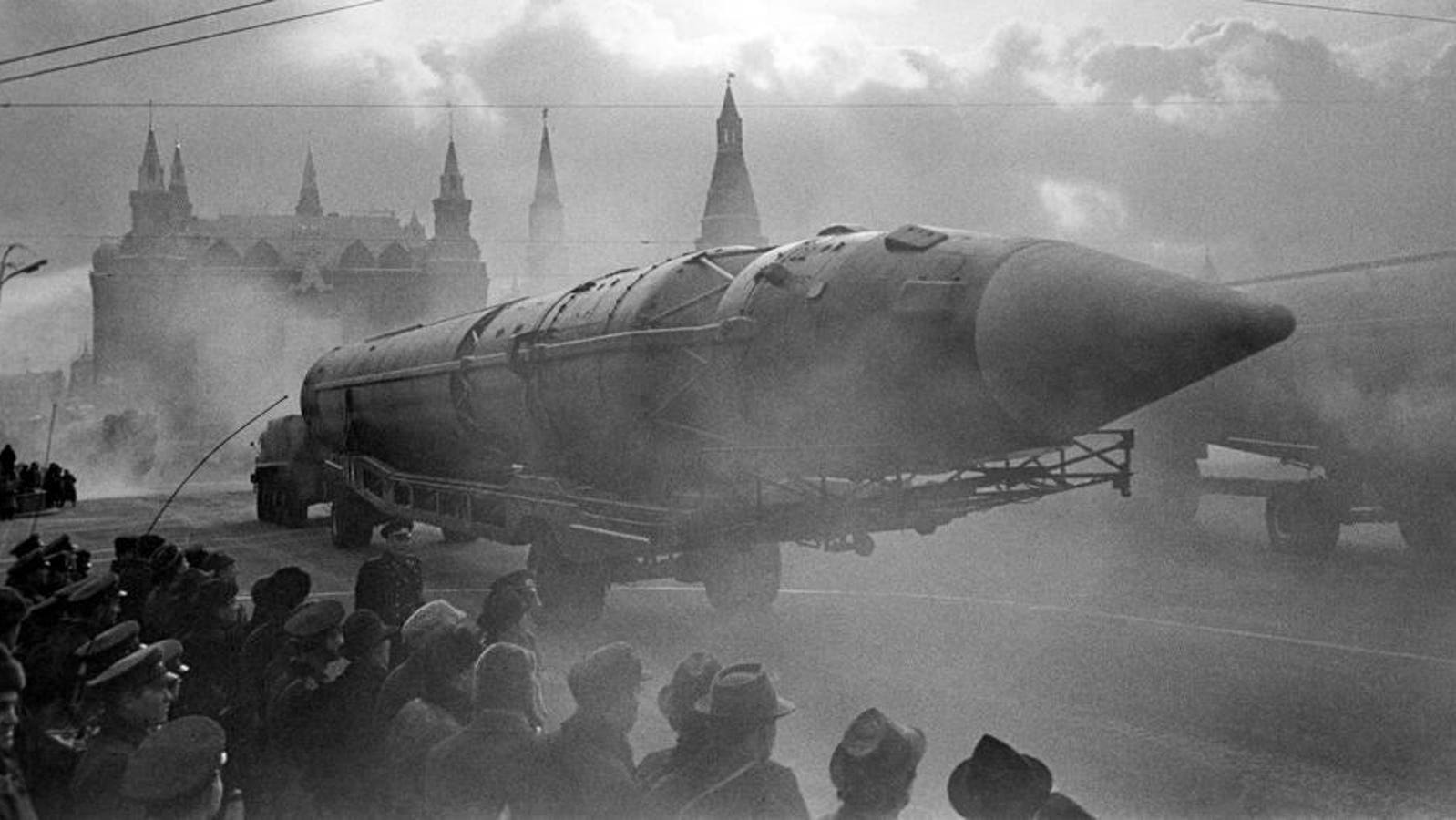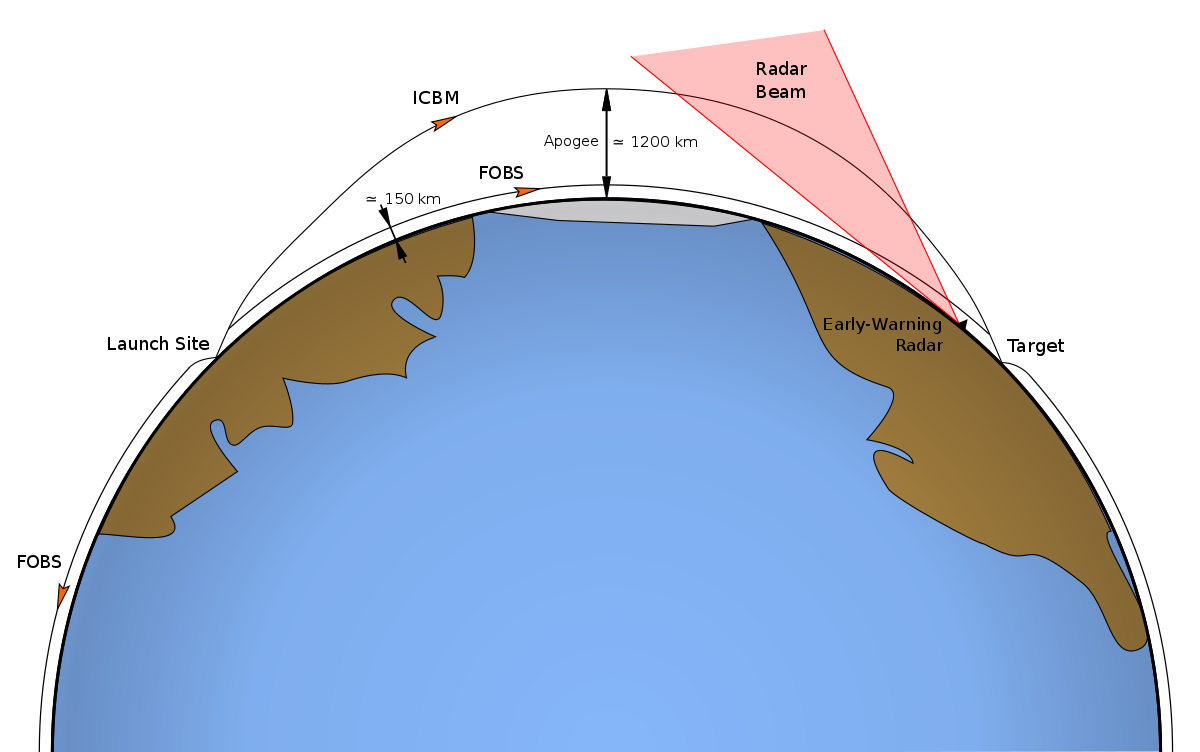- Joined
- 21 January 2015
- Messages
- 12,157
- Reaction score
- 16,376
Incredibly hard to predict and very difficult to defend against, I think any current US anti-ballistic missile system would struggle with FOBS. A hypersonic glide vehicle and FOBS is probably the ultimate in nightmares for the western defence system.

 www.thedrive.com
www.thedrive.com
A report from Financial Times' Demetri Sevastopulo and Kathrin Hille states that China has tested a nuclear-capable hypersonic glide vehicle that goes into space and traverses the globe in an orbital-like fashion before making its run through the atmosphere toward its target. There would be huge implications if such a system were to be operationalized, and according to this story, which says it talked to five officials confirming the test, the U.S. government was caught totally off-guard by it.
The trial flight is said to have occurred around August, with the boost-glide vehicle being lifted into space by a Long March 2C rocket. The launch of the rocket, the 77th of its kind, was undisclosed by Beijing, while the 76th and 78th were—the latter of which occurred in late August. The Financial Times says that the tested hypersonic glide vehicle missed its target by a couple of dozen miles, but that is hardly reassuring considering the capabilities that are apparently in development here.
The foundation of this Cold War-era conceptis commonly referred to as a Fractional Orbital Bombardment System, or FOBS, but instead of carrying a traditional nuclear-armed reentry vehicle, this Chinese system would carry a hypersonic glide vehicle that would possess immense kinetic energy upon reentry. As such, it could make a very long maneuvering flight through the atmosphere at very high speeds to its target.
The FOBS concept has long been a concern because of its potential to bypass not just missile defenses, but even many early warning capabilities. Compared to a traditional intercontinental ballistic missile (ICBM), a FOBS can execute the same strikes but from highly unpredictable vectors. Range limitations also become a non-factor and the timing of an inbound strike is also far less predictable. But at least with a traditional FOBS ballistic missile system, some sort of projections could be made if the mid-course "orbital" vehicle can be tracked, although that could still be a real challenge.
That is not the case at all with a hybrid design like the one being claimed to have been tested here, which would be totally unpredictable.

China Tested A Fractional Orbital Bombardment System That Uses A Hypersonic Glide Vehicle: Report
Such a capability could potentially allow China to execute a nuclear strike on any target on earth with near-impunity and very little warning.
Last edited:



